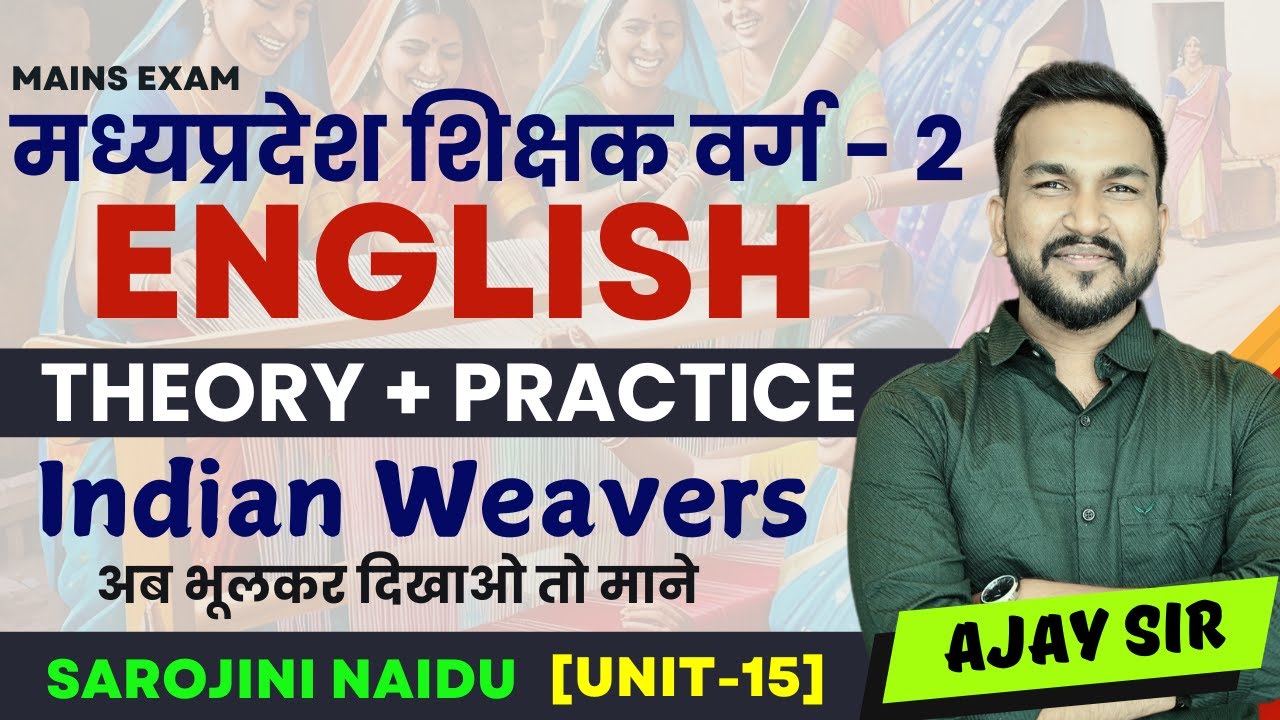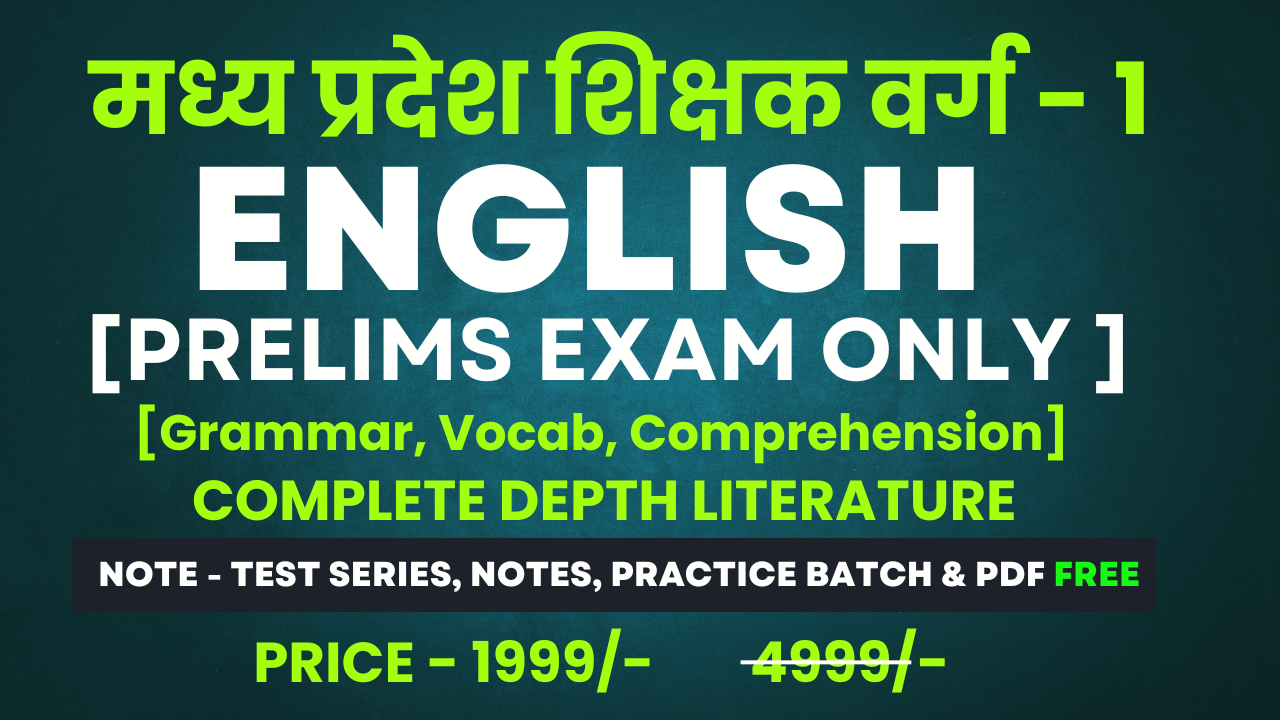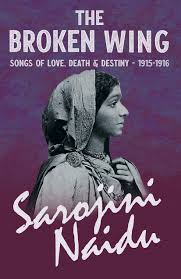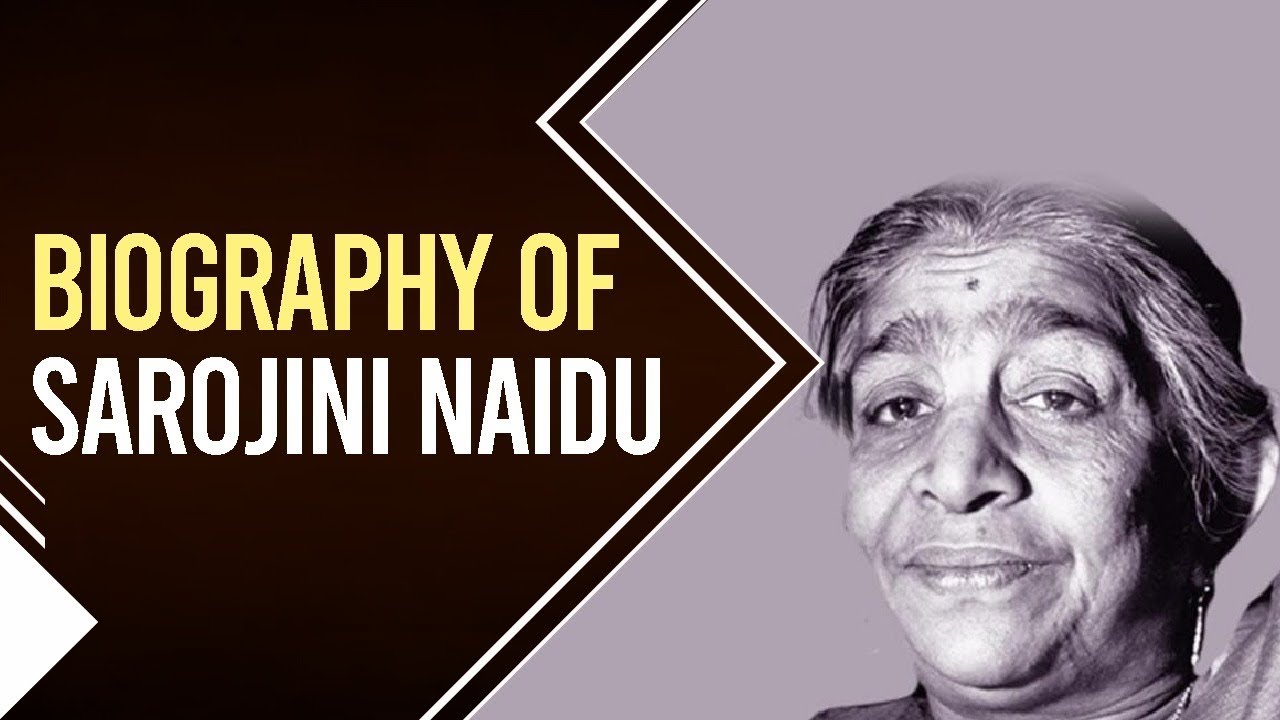The Broken Wing by Sarojini Naidu
The Broken Wing (1917) 
• Full title: The Broken Wing: Songs of Love, Death and the Spring
• Published: 1917 (at height of WWI and rise of Indian nationalism)
• Arrangement: 3 sections with 47 poems
• Dedicated To: Her brother revolutionary, Virendranath Chattopadhyay currently in exile
• Tone: Elegiac, lyrical, nationalist, mystical
2. Genre & subgenres -
• Genre: Lyrical poetry
• Subgenres:
• Romantic lyricism
• Spiritual and philosophical contemplation
• Political awakening/patriotic verse
• Elegy and lamentation
• Folkloric and devotional themes
• Ghazal type rhythm and form in some poems
3. Thematic Structure -
Section I: Songs of Love and Death
• Aspects of grief,
loss, mortality, yearning
• Central metaphor of the broken wing=the poet's
sorrowful spirit, hope seems exiled
• Notable poems:
• "The Broken Wing"
• "A Rajput Love Song"
• "Dirge: The Dream Dies"
• "Songs to My Son"
Section
II: The Flowering Year
• Season-themed/iconic
poems the symbolism of spring, summer,
monsoon, autumn
• Connected with internal emotional seasons and rhythms of nature in India
• Notable poems:
• "April"
• "Harvest
Hymn"
• "Autumn Song"
• "To A
Buddha Seated on a Lotus"
Section
III: The Peacock Lute-
Songs for Music
• Lyrical and musical poems
for recitation or performance
• Images are almost exclusively
Indian and are often romantic or devotional
• Notable poems:
• "To My Children"
• "The Prayer of Islam"
• "An Indian Love Song"
• "Awake!"
4. Key Themes
• Love and longing: romantic and maternal love, usually associated with separation
• Grief and mortality: death of loved ones, especially her young daughter and brother
• Exile and spiritual return: long for India, freedom, culture
• Patriotism: poems like “Awake!” sound a direct call to Indian youth
• Nature as metaphor: flowers, seasons, birds symbolize inner states
• Womenhood and motherhood: strong feminine voice throughout work acknowledges a broad spectrum of emotion
5. Symbolism
• Broken Wing:
• Central metaphor = a soul in grief but yearning to rise
• Can signify India under
colonial rule or Naidu's personal grief
• Flowers (e.g. Champak, Lotus, Marigold):
• Emblems of Indian identity, devotion,
femininity
•Seasons:
• Spring = hope
• Autumn = reflection
• Rain = fertility and longing
•
The Peacock: • Aesthetic beauty,
cultural identity, vibrancy/melancholy
• Children (especially daughter Padmaja):
• Continuity, future, national
hope
6. Style & Narrative Technique
• Form: Short, lyrical poems, mostly in rhymed couplets or quatrains
• Language: English with specifiable and diverse Indian rhythm, imagery and cadence,
• Narrative voice: • First-person lyrical speaker (feminine, emotional, national) • Occasional third-person universal observer
• Poetic devices: • Alliteration, assonance, imagery, personification • Repetition (for effect in
mimicking prayer/chant)
• Tone shifts: • From nostalgic to rebellious, to devotional to mournful
7. Religious & Cultural References
• Hindu Deities & Festivals:
• Allusions to Shiva, Krishna, Kamala (Lakshmi), etc.
• Integration of Indian ritual and mythic images
• Islamic influence:
• “Prayer of Islam” — also embraces a pluralistic vision of India
• Whispers of Sufi mysticism, especially in love poem tropes
• Bhakti and Sufi traditions:
Her poems frequently 'echo' devotional longing for divinity and beloved material.
8. Sources of Inspiration
• Personal Loss:
• The death of her young daughter Padmaja left a scar
• Her brother’s exile evoked collective mourning and longing in the nation
• Political Context:
• Written in the backdrop of World War I and pre-Gandhian mass movements
• The plea for Indian awakening is suggestive of those times
• Cultural Identity:
A poetic way of restoring India's spiritual, artistic and feminine essence of being, through English verse
9. Literary Influences
• Romantic Poets: Shelley, Byron, Christina Rossetti (lyricism)
• Indian Folk & Classical Traditions: Bhakti, Natya,
and devotional music
• Ghazals & Urdu poetic modes: Rhythmical, emotional, with a melancholy undertone
• Victorian Lyricism: subtle and exquisite tone, with undertones of emotion and idealism
10. Critical Reception & Legacy
• Contemporary
Praise:
• British
critics appreciated her as the "exotic Indian lyrist"
• Gandhi recognized her evocation
of a mixture of heart and nationalism
• Modern Criticism:
• Regarded as groundbreaking
in feminist, nationalist and multicultural poetics
• While some perceive romantic idealism, overwhelmingly she
is appreciated
for her lyrical voice
• Legacy:
•The
Broken Wing is most commonly regarded as her
most personal and important book
• It is at the forefront
of many Indian English Literature syllabi, as it is studied for postcolonial, gender, and for its lyrical traditions.
11. Among the most powerful excerpts:
"I dream of a wounded bird Who forgets to fly, yet sings…" (A metaphor from the title poem The Broken Wing)











